-
 Bitcoin
Bitcoin $94,783.4820
0.05% -
 Ethereum
Ethereum $1,818.5609
1.51% -
 Tether USDt
Tether USDt $1.0004
-0.02% -
 XRP
XRP $2.1953
0.59% -
 BNB
BNB $607.1958
1.18% -
 Solana
Solana $149.1239
-1.16% -
 USDC
USDC $1.0000
0.00% -
 Dogecoin
Dogecoin $0.1818
-0.23% -
 Cardano
Cardano $0.7080
-0.62% -
 TRON
TRON $0.2521
4.23% -
 Sui
Sui $3.5431
0.89% -
 Chainlink
Chainlink $14.8898
-0.39% -
 Avalanche
Avalanche $22.3956
0.91% -
 Stellar
Stellar $0.2910
2.54% -
 Toncoin
Toncoin $3.3436
4.35% -
 UNUS SED LEO
UNUS SED LEO $9.0572
1.37% -
 Shiba Inu
Shiba Inu $0.0...01418
0.53% -
 Hedera
Hedera $0.1914
-0.50% -
 Bitcoin Cash
Bitcoin Cash $356.5164
-4.94% -
 Polkadot
Polkadot $4.2722
0.18% -
 Litecoin
Litecoin $87.0877
0.62% -
 Hyperliquid
Hyperliquid $18.0411
-1.35% -
 Dai
Dai $1.0000
0.01% -
 Bitget Token
Bitget Token $4.4249
-0.43% -
 Ethena USDe
Ethena USDe $0.9996
-0.01% -
 Pi
Pi $0.6509
0.41% -
 Monero
Monero $229.8371
0.78% -
 Pepe
Pepe $0.0...09195
0.27% -
 Uniswap
Uniswap $5.8229
-0.50% -
 Aptos
Aptos $5.6201
1.55%
AscendEX Contract Tips
To excel in contract trading on AscendEX, it's crucial to grasp the fundamentals, select the appropriate contracts, establish a tailored strategy, leverage order types for precision, utilize risk management tools, and engage in ongoing monitoring and adaptation.
Nov 25, 2024 at 11:14 pm
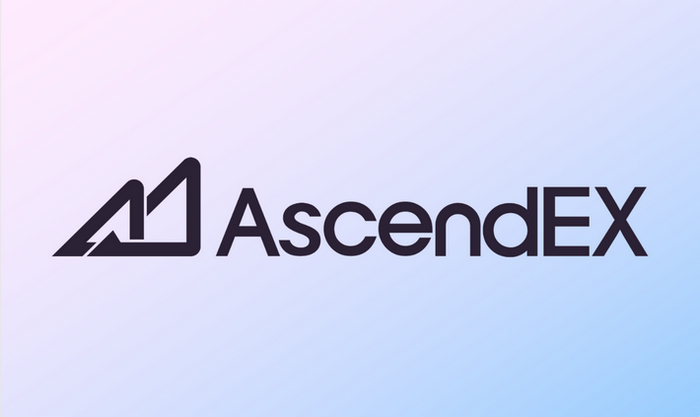
AscendEX Contract Tips: Unraveling the Art of Crypto Contract Trading
AscendEX, a leading digital asset and cryptocurrency exchange, offers a robust platform for contract trading, empowering traders with advanced tools and flexible strategies. This comprehensive guide delves into the essential tips and techniques for successful contract trading on AscendEX.
1. Master the Basics: Understanding Contract Trading
Before diving into contract trading, it's imperative to grasp the fundamental concepts:
- Futures Contracts: Agreements to buy or sell an underlying asset (e.g., Bitcoin) at a specified price and date in the future.
- Perpetual Futures: Similar to futures contracts but without an expiry date, allowing traders to maintain their positions indefinitely.
- Margin Trading: Utilizing borrowed funds to amplify profits, but also increasing potential losses.
- Leverage: The ratio between the borrowed funds and the trader's capital, magnifying profit potential but also amplifying risks.
- Funding Rate: A periodic adjustment applied to long and short positions, ensuring fair value and market stability.
2. Choose the Right Contracts
AscendEX offers a diverse range of contract offerings, including:
- BTCUSD: Futures and perpetual futures contracts for Bitcoin.
- ETHUSD: Futures and perpetual futures contracts for Ethereum.
- ADAUSD: Futures and perpetual futures contracts for Cardano.
- DOTUSD: Futures and perpetual futures contracts for Polkadot.
- LINKUSD: Futures and perpetual futures contracts for Chainlink.
Factors to consider when selecting contracts:
- Trading Volume: Higher volume indicates greater liquidity and smoother trading.
- Open Interest: The total amount of outstanding contracts, reflecting market sentiment.
- Volatility: Contracts with higher volatility offer greater profit potential but also increased risks.
3. Set Up a Strategy for Success
Effective contract trading requires a well-defined strategy:
- Scalping: Taking small profits from short-term price movements.
- Day Trading: Executing trades within a single trading session, aiming for daily gains.
- Trend Following: Identifying and trading in the direction of the prevailing market trend.
- Range Trading: Capitalizing on price movements within a defined range.
- Hedging: Using contracts to mitigate risk or protect against price fluctuations.
4. Utilize Order Types for Precision Trading
AscendEX offers a range of order types to suit different trading styles:
- Market Order: Executing trades at the current market price, prioritizing speed over price.
- Limit Order: Setting a specific price level for trades, ensuring price targets are met.
- Stop-Limit Order: A combination of a stop order and a limit order, triggering a trade when a predetermined price point is reached.
- Trailing Stop Order: Moving a stop order along with a favorable price trend, protecting profits and minimizing losses.
- Take-Profit Order: Setting a target profit level to automatically close a position when reached.
5. Leverage Risk Management Tools
Risk management is paramount in contract trading. AscendEX provides tools to mitigate risks:
- Stop-Loss Order: Setting a price level at which a position closes to limit potential losses.
- Position Margin: The required margin to maintain a position, ensuring sufficient funds to cover potential adverse price movements.
- Liquidation Price: The price at which a position is automatically closed to prevent further losses in the event of insufficient margin.
- Risk-to-Reward Ratio: Balancing potential profits against potential losses, ensuring trades have a favorable risk-to-reward profile.
6. Monitor and Adjust Regularly
Contract trading requires constant monitoring and adjustments:
- Technical Analysis: Utilizing charts and indicators to identify potential trading opportunities.
- Fundamental Analysis: Assessing market news and economic data to understand broader market trends.
- Risk Assessment: Continuously monitoring positions and making necessary adjustments to mitigate risks.
- Performance Tracking: Keeping a record of trades, analyzing results, and identifying areas for improvement.
- Continuous Learning: Staying up-to-date on market developments, trading strategies, and risk management techniques.
Disclaimer:info@kdj.com
The information provided is not trading advice. kdj.com does not assume any responsibility for any investments made based on the information provided in this article. Cryptocurrencies are highly volatile and it is highly recommended that you invest with caution after thorough research!
If you believe that the content used on this website infringes your copyright, please contact us immediately (info@kdj.com) and we will delete it promptly.
- BTC Bull Token and Solaxy are gaining traction, but Pepeto may offer even bigger opportunities for investors.
- 2025-04-27 06:45:12
- Loopscale Suspends Lending Markets Following $5.8 Million Exploit
- 2025-04-27 06:45:12
- Impressive Recovery in the Virtual Currency Market Continues as Altcoins Gain Ground
- 2025-04-27 06:40:12
- Qubetics Promises the Biggest Flex? By Tokenizing Real-World Assets, It Might Just Deliver
- 2025-04-27 06:40:12
- After a Prolonged Phase of Consolidation Marked by Investor Caution and Subdued Price Action, SHIB's Decisive Breakout Has Reignited Enthusiasm
- 2025-04-27 06:35:12
- Worldcoin (WLD) Breaks Free From Prolonged Downtrend, Flipping Key Resistance Levels into Support
- 2025-04-27 06:35:12
Related knowledge
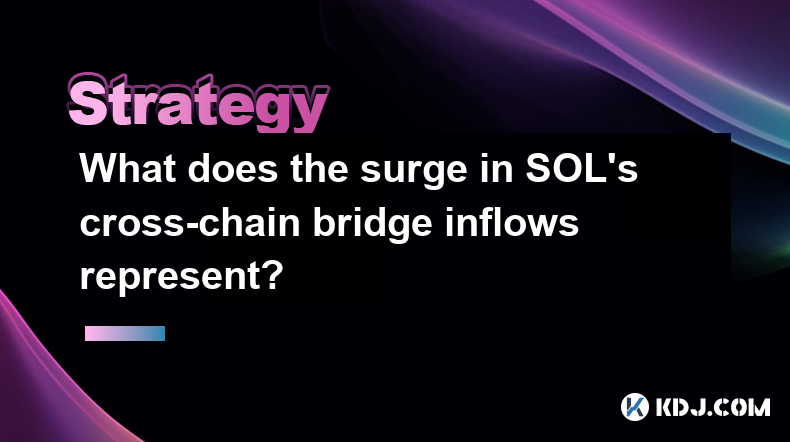
What does the surge in SOL's cross-chain bridge inflows represent?
Apr 25,2025 at 09:00am
The recent surge in SOL's cross-chain bridge inflows represents a significant trend within the cryptocurrency ecosystem, particularly for Solana (SOL). This phenomenon highlights increased activity and interest in moving assets from other blockchains to Solana, indicating growing confidence in its network and ecosystem. Cross-chain bridges are essential...
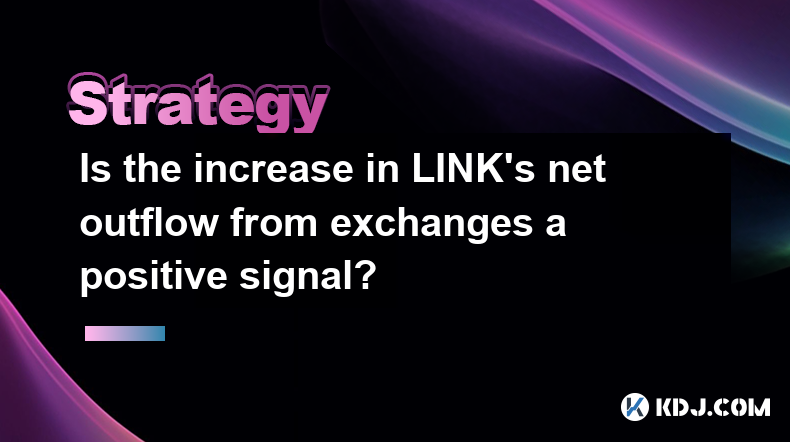
Is the increase in LINK's net outflow from exchanges a positive signal?
Apr 24,2025 at 02:35pm
The recent increase in LINK's net outflow from exchanges has sparked discussions within the cryptocurrency community about its implications for the token's future performance. LINK, the native token of the Chainlink decentralized oracle network, has seen a notable shift in its net outflow from exchanges, which many interpret as a positive signal. This a...
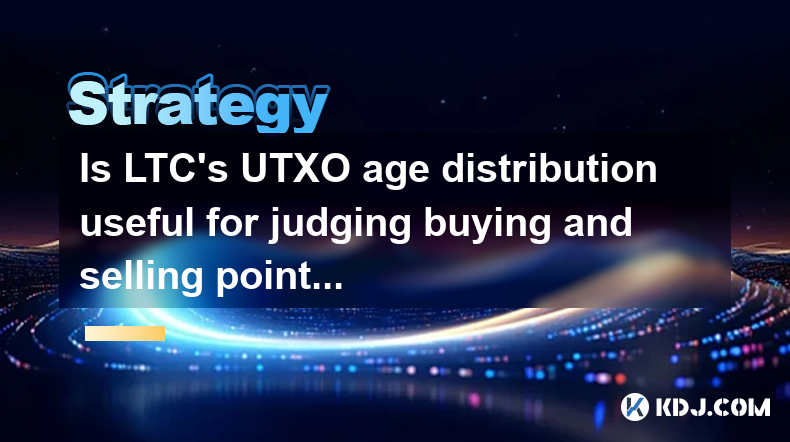
Is LTC's UTXO age distribution useful for judging buying and selling points?
Apr 23,2025 at 05:42pm
Is LTC's UTXO age distribution useful for judging buying and selling points? Understanding the UTXO (Unspent Transaction Output) age distribution of Litecoin (LTC) can provide valuable insights into the behavior of its holders and potentially help in making informed decisions about buying and selling points. The UTXO age distribution refers to the age o...
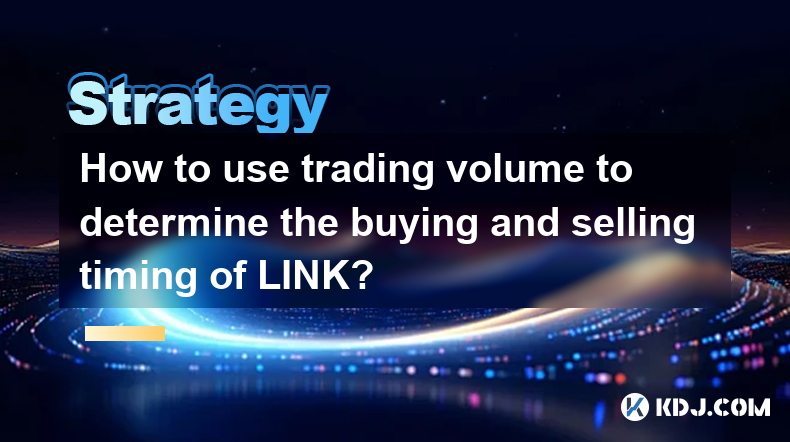
How to use trading volume to determine the buying and selling timing of LINK?
Apr 25,2025 at 02:07am
How to Use Trading Volume to Determine the Buying and Selling Timing of LINK? Trading volume is a crucial metric in the cryptocurrency market that can provide valuable insights into the buying and selling behavior of traders. When it comes to Chainlink (LINK), understanding how to analyze trading volume can help you make more informed decisions about wh...
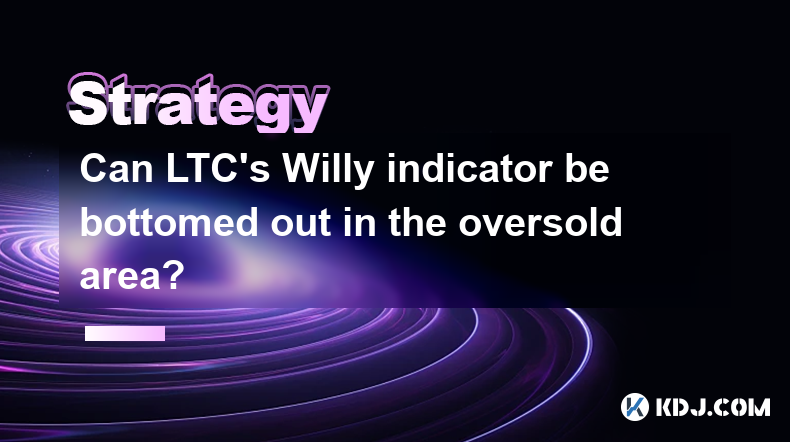
Can LTC's Willy indicator be bottomed out in the oversold area?
Apr 24,2025 at 01:43pm
Understanding the Willy IndicatorThe Willy indicator, also known as the Willy ratio, is a technical analysis tool used in the cryptocurrency market to gauge the sentiment of a particular asset, in this case, Litecoin (LTC). It is calculated by dividing the total trading volume of an asset by its market capitalization. The resulting ratio helps traders u...
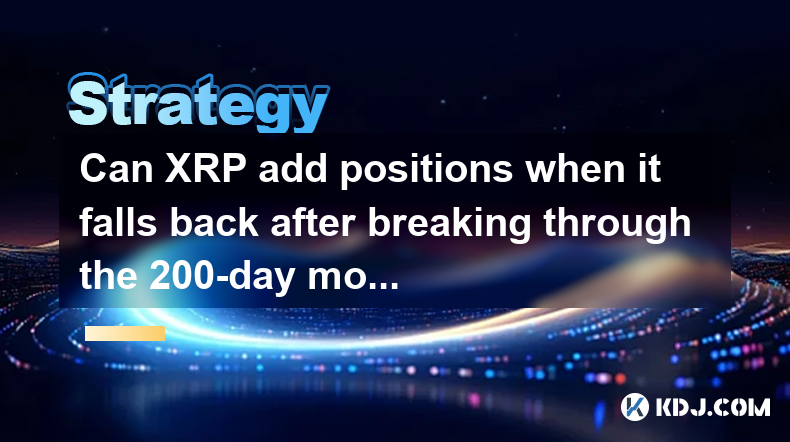
Can XRP add positions when it falls back after breaking through the 200-day moving average?
Apr 25,2025 at 04:49pm
The question of whether to add positions to XRP after it breaks through the 200-day moving average and subsequently falls back is a common dilemma faced by many cryptocurrency traders. The 200-day moving average is a widely recognized technical indicator used to assess the long-term trend of an asset. When XRP breaks above this level, it is often seen a...

What does the surge in SOL's cross-chain bridge inflows represent?
Apr 25,2025 at 09:00am
The recent surge in SOL's cross-chain bridge inflows represents a significant trend within the cryptocurrency ecosystem, particularly for Solana (SOL). This phenomenon highlights increased activity and interest in moving assets from other blockchains to Solana, indicating growing confidence in its network and ecosystem. Cross-chain bridges are essential...

Is the increase in LINK's net outflow from exchanges a positive signal?
Apr 24,2025 at 02:35pm
The recent increase in LINK's net outflow from exchanges has sparked discussions within the cryptocurrency community about its implications for the token's future performance. LINK, the native token of the Chainlink decentralized oracle network, has seen a notable shift in its net outflow from exchanges, which many interpret as a positive signal. This a...

Is LTC's UTXO age distribution useful for judging buying and selling points?
Apr 23,2025 at 05:42pm
Is LTC's UTXO age distribution useful for judging buying and selling points? Understanding the UTXO (Unspent Transaction Output) age distribution of Litecoin (LTC) can provide valuable insights into the behavior of its holders and potentially help in making informed decisions about buying and selling points. The UTXO age distribution refers to the age o...

How to use trading volume to determine the buying and selling timing of LINK?
Apr 25,2025 at 02:07am
How to Use Trading Volume to Determine the Buying and Selling Timing of LINK? Trading volume is a crucial metric in the cryptocurrency market that can provide valuable insights into the buying and selling behavior of traders. When it comes to Chainlink (LINK), understanding how to analyze trading volume can help you make more informed decisions about wh...

Can LTC's Willy indicator be bottomed out in the oversold area?
Apr 24,2025 at 01:43pm
Understanding the Willy IndicatorThe Willy indicator, also known as the Willy ratio, is a technical analysis tool used in the cryptocurrency market to gauge the sentiment of a particular asset, in this case, Litecoin (LTC). It is calculated by dividing the total trading volume of an asset by its market capitalization. The resulting ratio helps traders u...

Can XRP add positions when it falls back after breaking through the 200-day moving average?
Apr 25,2025 at 04:49pm
The question of whether to add positions to XRP after it breaks through the 200-day moving average and subsequently falls back is a common dilemma faced by many cryptocurrency traders. The 200-day moving average is a widely recognized technical indicator used to assess the long-term trend of an asset. When XRP breaks above this level, it is often seen a...
See all articles























































































